Singing and dancing animals aside (apart from the lemurs, but we'll get to those), Madagascar is a beautiful island, rich in culture and bursting with astounding flora and fauna. From fascinating traditions and garments, and a history thick with pirates, to forests of ancient trees, this island is definitely worth exploring. We've rounded up ten things you might not know about it.
Dancing lemurs
Among the main reasons people head to Madagascar is to see the various species of lemur that are endemic to the island. Their name comes from the Roman word lemures which translates to ghosts, after their slow habits and nocturnal nature. While there are nearly 100 species of lemur in Madagascar, one of the most well-known is Verreaux’s Sifaka Lemur, nicknamed the dancing lemur. They have white bodies, black faces, slightly webbed hands and feet and very long tails. Because it spends most of its time in the trees the only way it knows to get around on the ground is by leaping, giving rise to its nickname.

The mad queen
On the throne for 33 years, Ranavalona I is known by many as Madagascar’s “mad queen”. She started out as the daughter of a commoner, but through some clever thinking on the part of her father she married the king’s son and when he died, she had the rightful heir murdered, and took the throne herself. During her reign she was brutal, ridding the country of Christian missionaries, ending agreements with France and England, enslaving many of her own people, and sentencing anyone who defied her to death. In the capital you’ll find the remains of her palace, the Rova of Antananarivo.
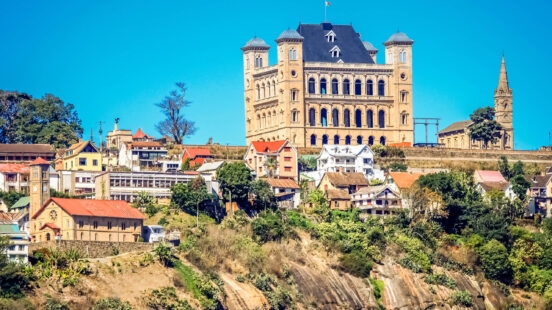
Beautiful baobabs
Chances are when you think of baobabs, you think of the African continent at large. But this island off the coast of Africa boasts an impressive 75% of the world’s baobabs. Australia is home to one species, Africa to another, and Madagascar claims the other six as its own. To appreciate them to the fullest, head to the Avenue of the Baobabs in the Menabe region. There you’ll find two dozen of the ancient trees standing proud along a dirt road. They, and the scattering of other baobabs in the area, were once part of a tropical forest, which were gradually cleared for agriculture.
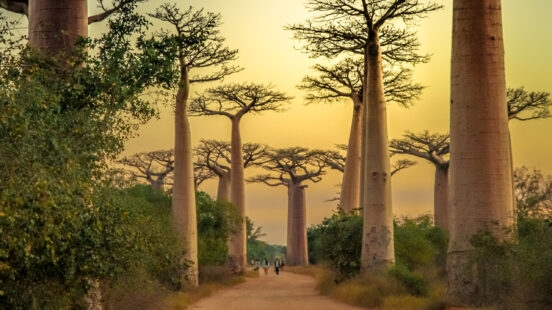
Traditional dress
Most countries have traditional dress, but what sets Madagascar apart is that their traditional clothes are worn by both men and women alike. The lamba is a swath of fabric that is worn wrapped or draped around the body. Different occasions call for different designs, colours and materials. You’ll find red, white and black striped lambas across most of the island, and green and brown geometric patterned lambas in Skalava villages. They also come in handy for things like strapping babies to their parents’ backs.

Martial arts
Originally a way for elders to gauge the strength and fitness of young men, the traditional martial art of moraingy has grown in popularity across the island and even spread to neighbouring islands like Réunion, the Seychelles and Mauritius. It is believed to have originated during the Maroseranana dynasty (1675–1896). These days, it is no longer limited to male participants and competitors are weaponless and fight using only their bare fists and feet. Traditionally, the matches are accompanied by music, with the intention of sending both fighters and the viewers into a trance-like state, making for a spiritual experience.

Rare wildlife
Apart from the lemurs, Madagascar is home to a large number of species you don’t find anywhere else in the world. In fact, 90% of the wildlife is unique to the island. Go exploring and you’ll discover exotic creatures like the carnivorous fossa, around 346 species of reptile, and over 6000 endemic types of plant and tree. However, one of the biggest threats to the wonderful wildlife is the destruction of the natural habitat, which leaves the island’s non-human inhabitants extremely vulnerable. Deforestation, fires, erosion and alien species are among the biggest culprits.
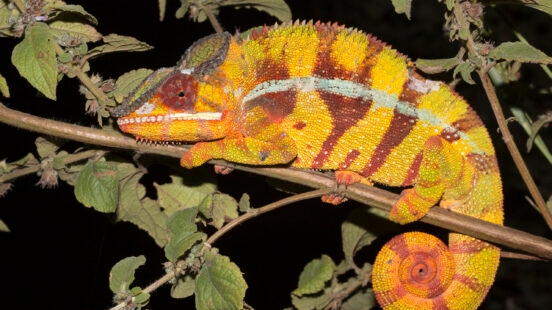
Fourth largest island
As far as islands go, Madagascar is one of the largest in the world, claiming fourth place at 592,800 square kilometres. Ahead of it are Greenland, New Guinea and Borneo. Its unique biodiversity is attributed largely to the fact that it has been isolated from its neighbouring continents for millions of years. Everything was allowed to evolve in relative isolation for millions of years. Because of its unique flora and fauna and its size, it has been affectionately dubbed the eighth continent.

Rich customs
There is a fascinating wealth of traditional customs and spirituality to be discovered, especially if you venture into the more remote villages in Madagascar. As practising animists, one of the customs you may still witness today is the funerary tradition of famadihana. Also known as the turning of the bones, this ritual sees Madagascans bring the bodies of their ancestors out of their crypts and dance with them accompanied by music. While outsiders may be a bit squeamish about the idea, realise that for the Malagasy, it’s a way of honouring the dead.

Old pirate haven
During the 17th and 18th centuries, the golden age of piracy, the island was a haven for pirates thanks to its multitude of secluded coves and the fact that the land wasn’t owned by a European power. It was the ideal place to stop to repair their ships without drawing attention and find fresh food while embarking on raids in the Indian Ocean. By the 1690s there was a thriving pirate colony on the island. Among the most popular pirate havens around Madagascar were Ile Saint-Marie and Ranter Bay. You may even discover an old pirate cemetery while exploring.
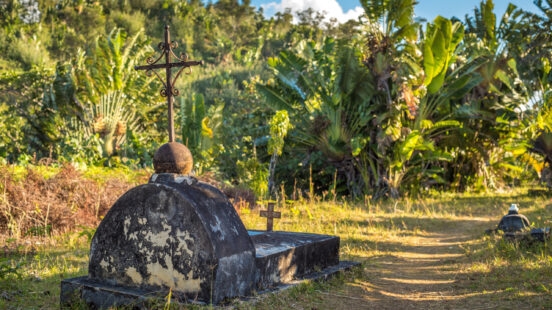
Very vanilla
If you’re a fan of all things vanilla, then you’ll love Madagascar – a huge amount of the world’s real vanilla s grown there. Bourbon or black vanilla originates in the northwest of the country. While the vanilla orchid comes from Mexico and is pollinated by a rare bee, the story goes that in 1841 a young French-owned slave on what is today Réunion Island, discovered how to pollinate the orchids by hand. It wasn’t long until vanilla plantations began to crop up in Madagascar. Today, they export around 1000 tonnes of vanilla a year.
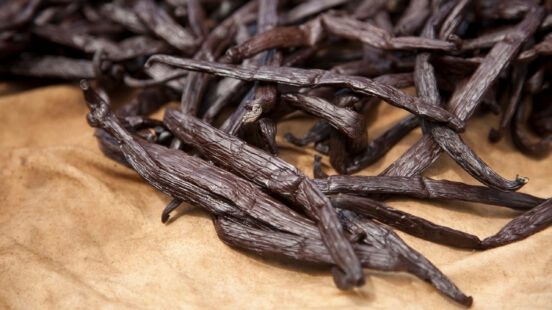
Our top example trips...
Feeling inspired? Speak to one of our expert travel designers today and start planning your trip of a lifetime to Madagascar.




